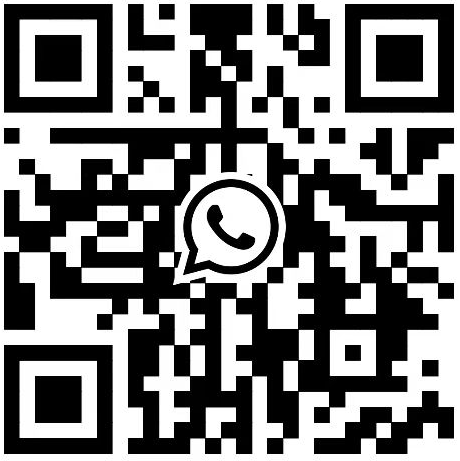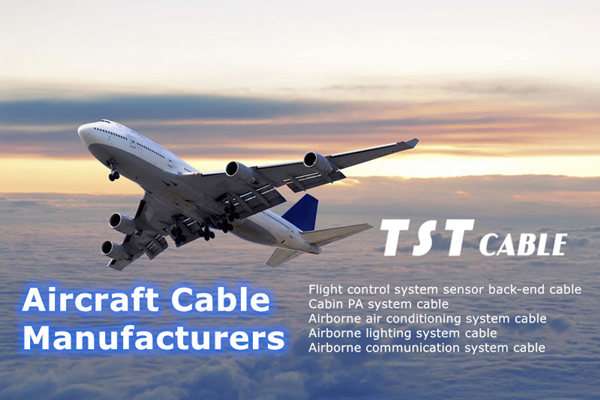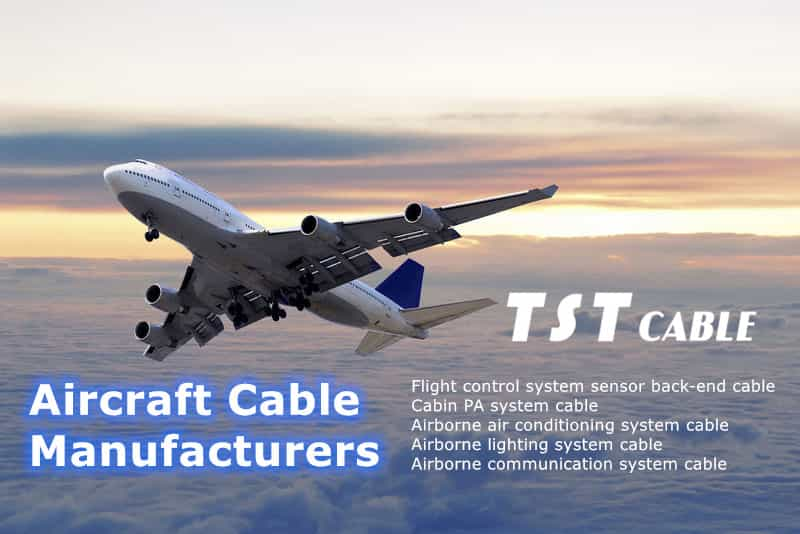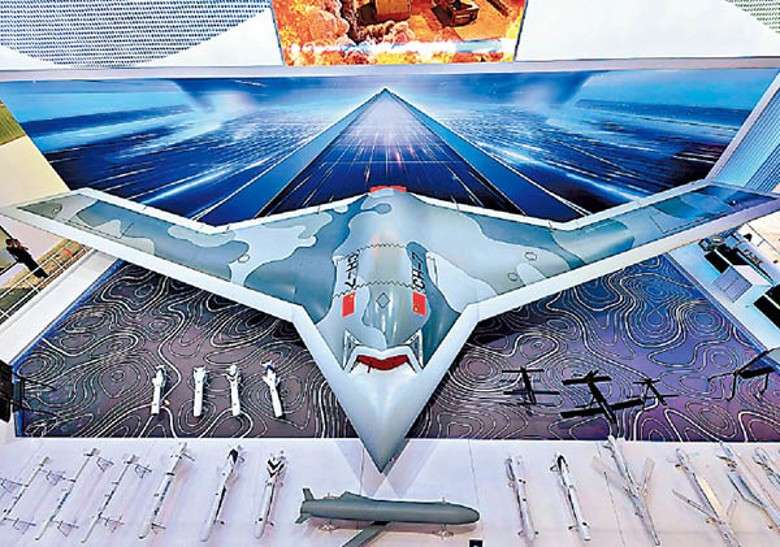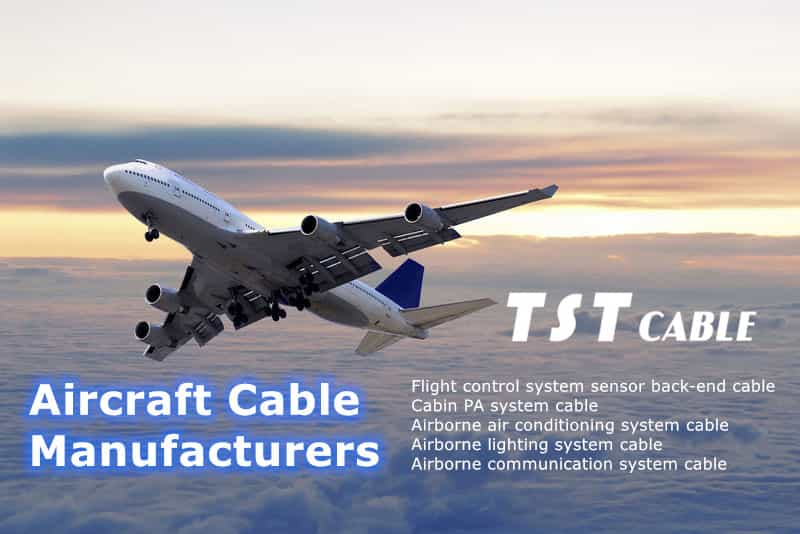UAV cable selection principle: three core dimensions determine cable performance
UAV cable selection needs to comprehensively consider environmental adaptability, electrical performance, and mechanical strength. The technical team of TST cable company will help you accurately match your needs. The following are the key points of selection:
- Environmental adaptability
Temperature range:
Nano-modified PUR or PEEK insulation materials are required in extremely cold areas (-55℃);
For high temperature scenes (>200℃), carbon fiber composite core + silver-plated copper shielding layer structure is recommended.
Humidity/corrosive environment:
Salt spray environment (such as offshore wind power inspection) requires an outer sheath with 30% silicon carbide particles;
Oil-resistant PUR materials are preferred in oily scenes (such as industrial workshops). - Electrical performance
Transmission signal type:
Video signal: coaxial cable or fiber integrated cable (bandwidth>100Mbps);
Data communication: twisted pair (RS232/RS422) or Ethernet cable;
Antenna signal: SMA interface coaxial cable, shielding effectiveness>85dB.
Voltage resistance requirement:
The breakdown voltage should be more than 2 times the working voltage (such as 1000VDC system requires ≥2000V breakdown). - Mechanical strength
Tensile strength:
Tensile strength of tethered drone cable needs to be>2000N (8kg load, 300m tethered length);
Industrial scenario recommendation Carbon fiber composite core conductor, tensile strength increased by 50%.
Flexibility:
Multi-strand filament twisted structure (such as 98 0.08mm tinned copper wires) can improve fatigue resistance by 8 times.
[Selection parameter table: understand the key indicators in one article]
Parameter Typical value Applicable scenario
Conductor material Copper clad aluminum, oxygen-free copper, tinned copper wire High conductivity (oxygen-free copper), lightweight (copper clad aluminum)
Insulation material PUR, PEEK, nano-modified PE Oil resistant (PUR), high temperature resistant (PEEK)
Shielding structure Silver-plated copper braid + conductive cloth + aviation jacket Strong electromagnetic interference environment (such as battlefield)
Tensile strength >2000N (carbon fiber composite core) Tethered drone, heavy load
Temperature range -55℃~200℃ Extreme cold/high temperature environment
Signal bandwidth 100Mbps (optical fiber integration) 4K video transmission, radar data
Service life >5000 bends (industrial grade) High-frequency dynamic application (such as agricultural monitoring)
[Selection scenario: actual combat needs from military to industry] - Military field: “invisible nerve” of battlefield communication
Requirements: anti-interference, long flight time, high reliability
Recommended solution:
TST cable company NY-TDC800 mooring cable:
Tensile strength 2000N, temperature resistance -55℃~200℃;
Triple shielding (silver-plated copper + conductive cloth + aviation sheath), shielding effectiveness 85dB;
Measured case: A border defense force stayed in the air for 72 hours continuously, and 4K image transmission was not stuck. - Industrial inspection: intelligent hub in complex environment
Requirements: corrosion resistance, lightweight, long life.
Recommended solution:
Carbon fiber composite core + salt spray resistant sheath cable:
Operated for 200 hours in an environment with a salt spray concentration of 2000mg/m³, the insulation resistance retention rate is >95%;
Successful application: Detection of blade cracks (minimum 0.2mm) at Fujian Xinghua Bay Wind Farm. - Emergency communication: 24-hour uninterrupted rescue
Requirements: rapid deployment, high stability, and large load.
Recommended solution:
FC30M tethered drone supporting cable:
30kg load, 300m tether, built-in optical fiber + power transmission;
Case: 15-minute deployment in landslide rescue to establish a temporary communication network.
[Common misunderstandings and solutions]
Misunderstanding 1: Low-cost cable = high cost performance?
Risk: Inferior PVC insulation layer hardens and breaks, shortening life by 3 times.
Solution: Choose nano-modified materials + tinned copper conductors, increase costs by 20%, and extend life by 3 times.
Misunderstanding 2: The thinner the wire diameter, the lighter it is?
Risk: Ultra-fine copper wire (<0.1mm) has insufficient tensile strength and is easy to break. Solution: Use 0.1mm tinned copper wire double twisted structure, and the fatigue resistance is improved by 8 times. Misunderstanding 3: Is the shielding layer dispensable? Risk: Electromagnetic interference causes signal loss, and the bit error rate is >10⁻⁴.
Solution: Triple shielding design (silver-plated copper + conductive cloth + aviation jacket), bit error rate <10⁻⁶.
[TST cable company product matrix: worry-free selection]
Product model Core advantages Application scenarios
NY-TDC800 Tensile strength 2000N, temperature resistance -55℃~200℃ Military tethered drones, battlefield communications
NY-PUR600 Oil-resistant PUR insulation, salt spray corrosion resistance Industrial inspection, offshore wind power
NY-FB300 Optical fiber + power integration, bandwidth 100Mbps 4K video transmission, radar data
NY-LT200 Ultra-lightweight (outer diameter 2.5mm), tensile strength 100kg Model aircraft, consumer drones
Also available in:
English

